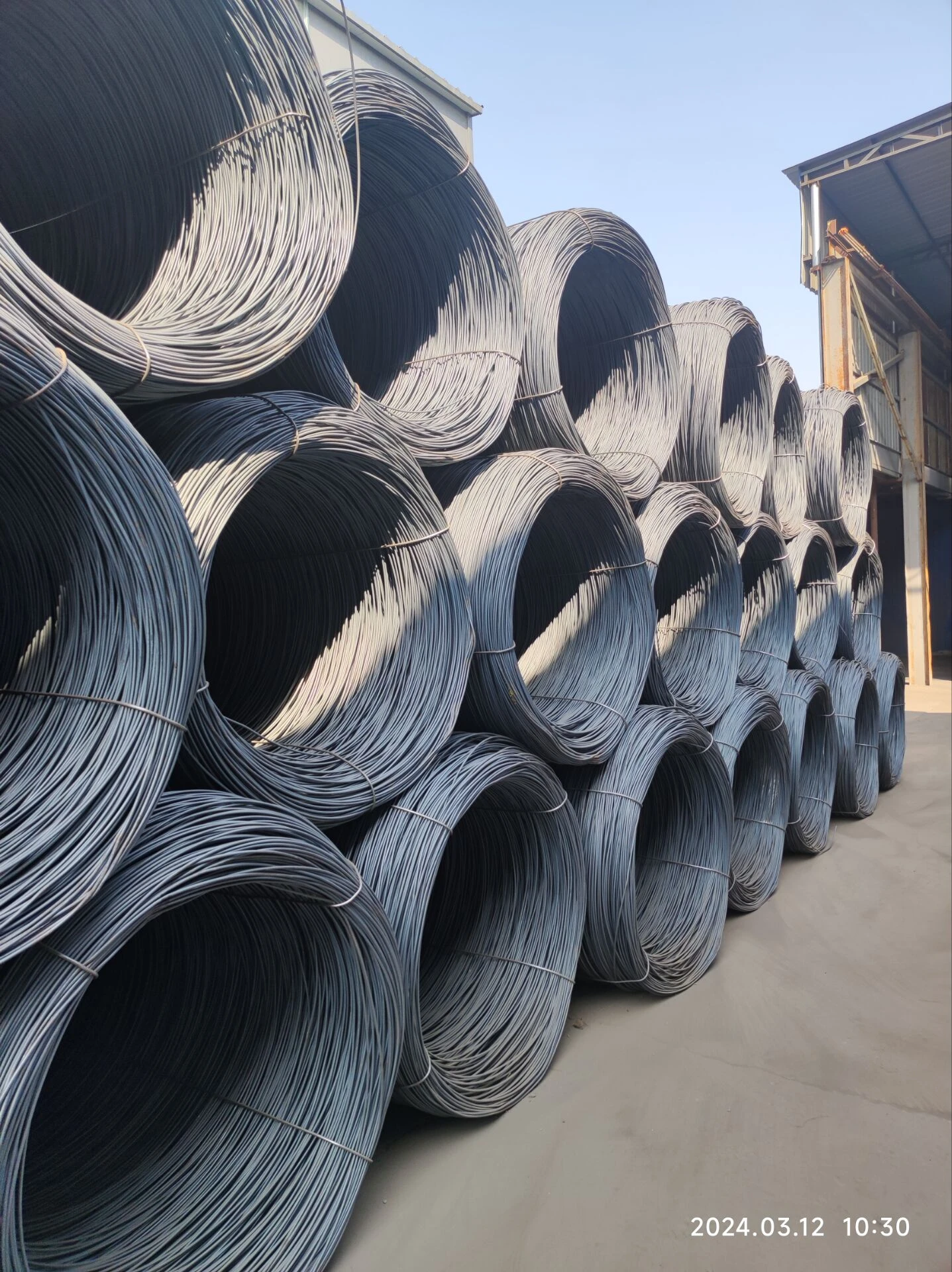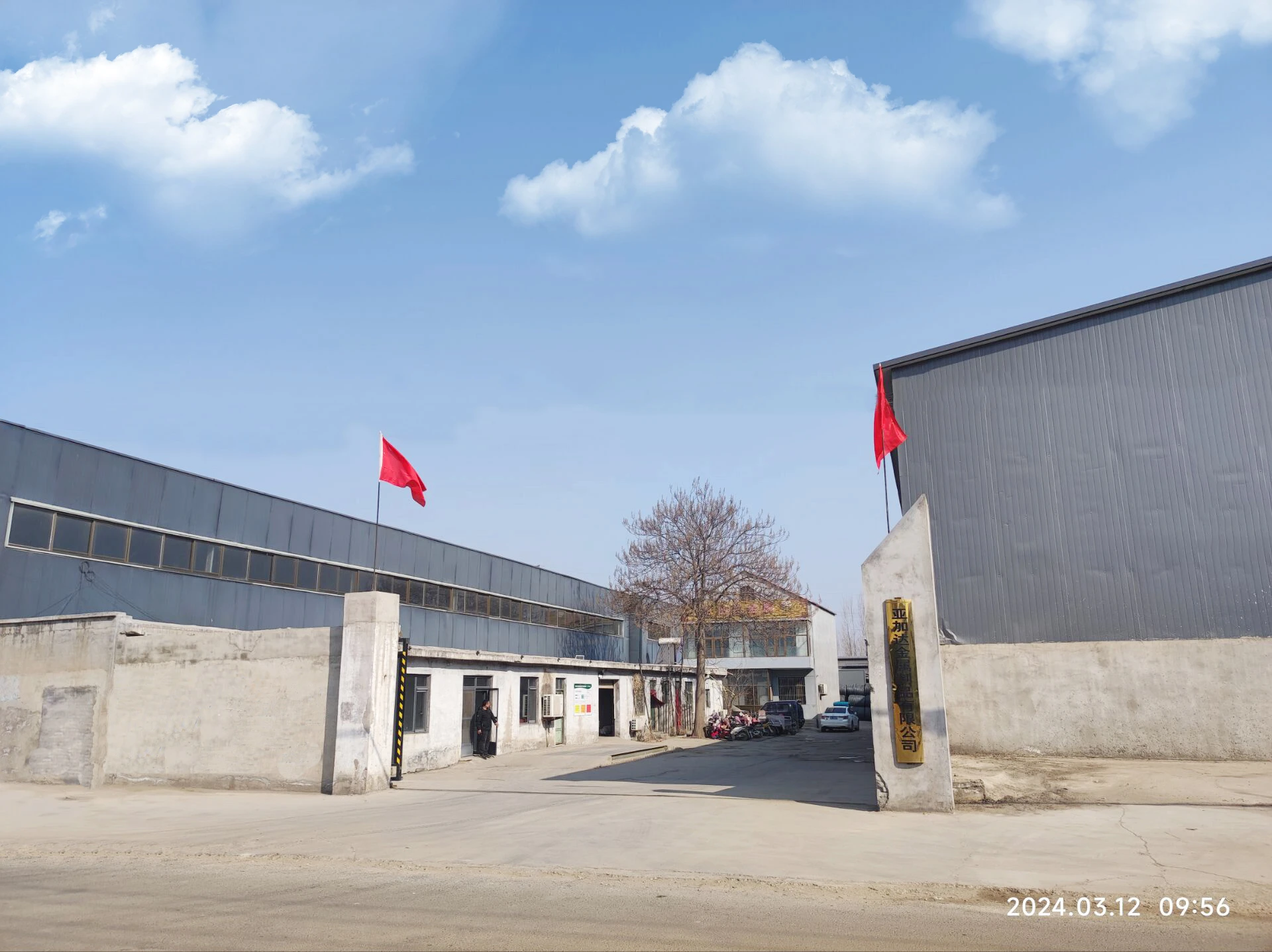

Achieving the Perfect Depth Setting the screws at the correct depth is critical; they should be slightly recessed, creating a slight dimple, but not deep enough to break the paper surface. The goal is to maintain a flat surface for taping and mudding while ensuring the screw head is flush. Adjust the drill or screw gun to release at the precise moment of achieving the correct depth. If a screw is overdriven and the paper is torn, remove it, and reposition the screw slightly above or below the original location to maintain integrity. Secure Joints and Avoid Cracking Wherever two sheets of drywall meet, additional care is necessary. Place the screws six to eight inches apart along joints to reinforce the connection. Avoid fastening too close to the edges, as it increases the risk of cracking. If working with large panels, ensure butt joints are staggered, dispersing pressure and thwarting potential weaknesses. Inspect and Correct Post-installation, conduct a thorough inspection to identify any improperly set screws. Use a broad knife to glide over the surface, locating protruded or recessed heads. Adjust the screw position where necessary, and if any screws have compromised the drywall surface, fill the area with a joint compound before proceeding to mudding. Sustainability and Durability Secure drywall installation extends beyond immediate aesthetics to longevity and environmental impact. Choosing energy-efficient screw guns that reduce electricity consumption and opting for sustainably sourced drywall materials contribute to greener construction practices. Additionally, proper installation techniques reduce waste by minimizing the need for repairs and replacements over time. In conclusion, the meticulous application of drywall screws is an art that combines precision, expertise, and the right tools. By adhering to these professional standards, you not only ensure a flawless finish but also instill confidence in the structural soundness and sustainability of your build. Leveraging this knowledge, you’ll excel in creating spaces that stand the test of time, reflecting both skill and dedication to quality.

















